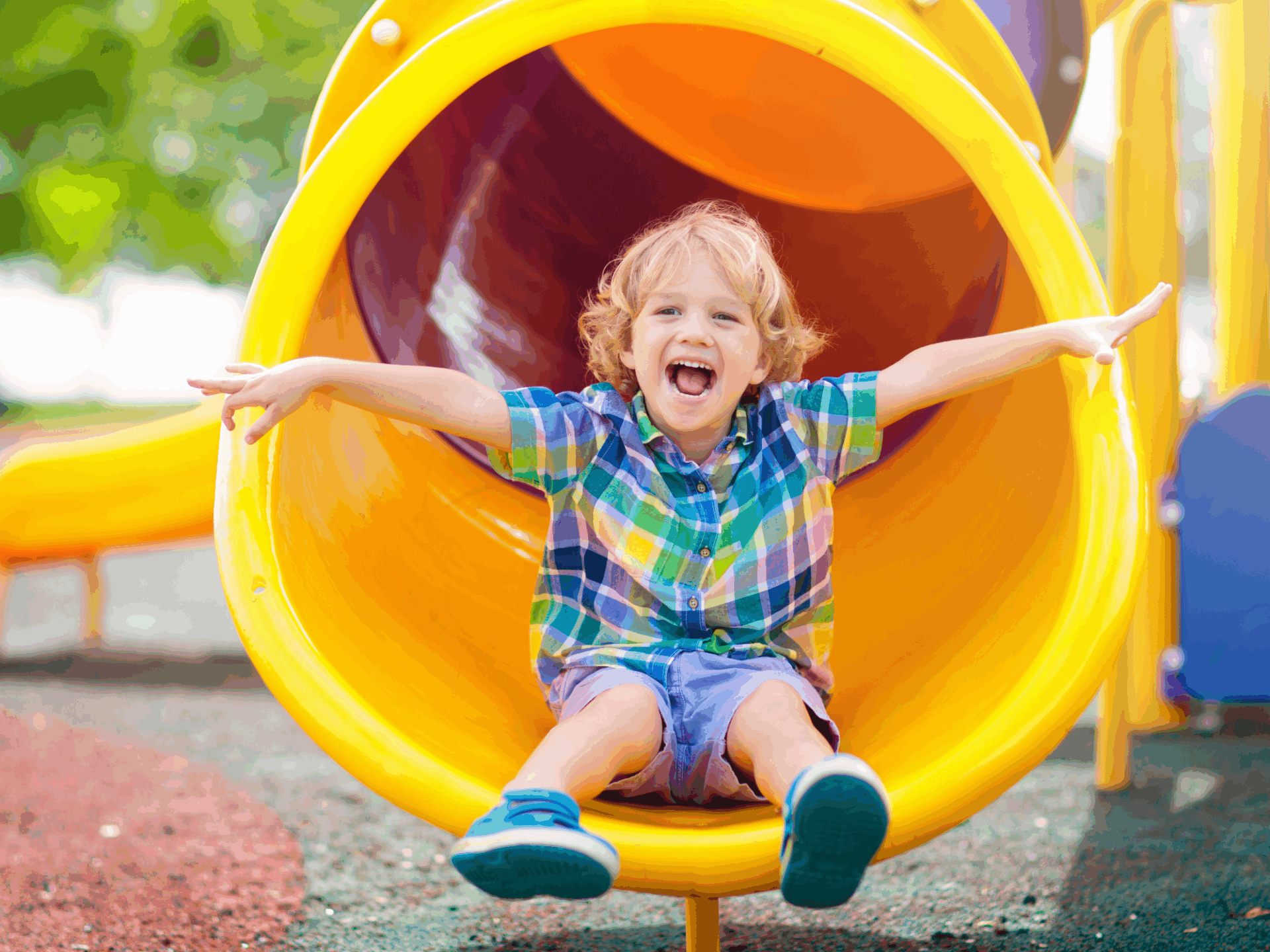

Gestalt Language Processors (GLPs) typically accumulate new gestalts when a chunk of language holds meaning for them because it is tied to an emotional response.
During therapy sessions, speech-language pathologists (SLPs) are likely tracking the spontaneous chunks of language, or gestalts, that are being produced. Keeping data on what a GLP is producing on their own can help identify what their intention is with saying that gestalt. We want to build up a variety of gestalts across multiple reasons to communicate so that the GLP can express themselves more broadly than just making comments, for example. Sharing joy, transitions, protesting, etc are valuable gestalts to be able to spontaneously communicate about before a GLP will start to combine gestalts and create their own.
When there are areas of communication that a GLP is not yet communicating about on their own, this is where SLPs and caregivers need to model communication with a lot of emotion.
For example, one of my client’s other therapists found out the gender of their baby and excitedly shared “IT’S A GIRL!!!” with high affect, gestures, spiked intonation, louder volume. My client repeated that new gestalts throughout the rest of the day and has produced it with the same inflection in other contexts since then. This phrase held meaning for the client because it had so much emotion connected to it. This likely would not have been the case if they were playing with some LittlePeople figures and it was modeled or produced as a label “it’s a girl”… even if it were repeated many times while pointing to a female-looking figure.
Another example is a client who has a special interest of drawn animals. They are consistently able to express what animal they want drawn through mitigated phrases which has been huge progress! Now, they are learning about making more specific requests during silly challenges like “what if… the zebra wants to JUMMMMP super HIGH to his friends” while making the drawing plunge over with facial expressions and sound effects to capture the client’s attention with actions and descriptive words in a really fun, unexpected way that they might not be spontaneously communicating about yet. Maybe the next animal will tip-toe and move very slowly. Or zoom in a circle before falling on top of its friends. Perhaps two animals will race and express their feelings of excitement or nerves “eeeek I hope I win!!!” as they go.
The key is to model language with different emotions through intonation, inflection, gestures, actions, feelings, facial expressions to make them stick.
We are happy to walk you through more if you have any questions
-Lauren-